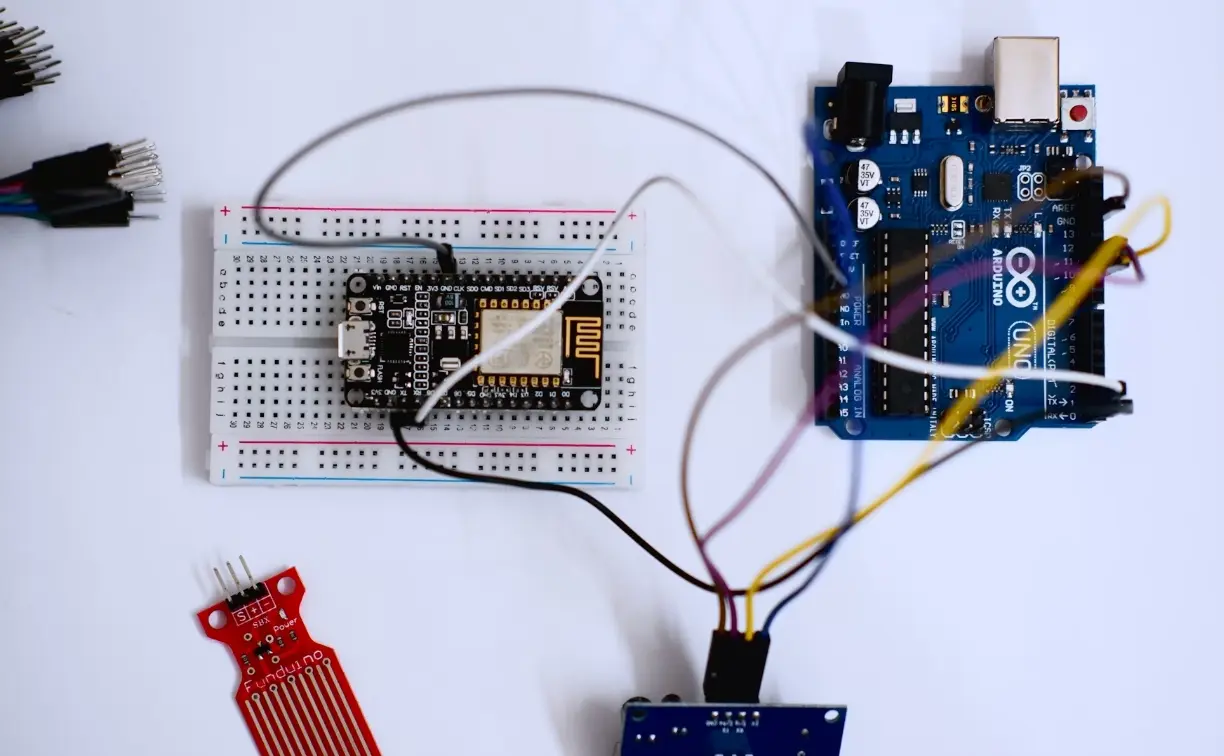
How to get a Vietnam MIC Certificate?
In early 2016, Vietnam’s Ministry of Information and Communications (MIC) announced that starting from October 1 of that year, all lithium batteries—including those sold independently and those used in end-products (such as laptops, tablets, and mobile phones)—woULd be requiRED to have a Declaration of Conformity (DoC) under standard QCVN 101:2006/BTTTT. Therefore, products applying for a Vietnam MIC Certificate must also submit the battery DoC.

On July 4, 2016, considering the long lead time for product testing and certification, MIC issued a new notice delaying the enforcement of mandatory battery certification to April 1, 2017.
Below is the MIC notice regarding the postponement of mandatory battery certification:
The Ministry of Information and Communications of the Socialist Republic of Vietnam (MIC) implements mandatory TCVN/TCN standards for information and communications products, specifically concerning electromagnetic interference (EMI) and communication standards. For EMI, local suppliers can submit a self-declaration, which, once approved by MIC, allows the product to be sold on the Vietnamese market.
The QCVN 101:2016/BTTTT regulation for battery certification in Vietnam corresponds to the IEC testing standards IEC 61960 (2011) and iec 62133 (2012). Note: Both standards must be met to comply with QCVN.
Documents Required for Mic certificate Application:
1. Technical specifications sheet
2. Quality management system declaration
3. Quality certificate control approval method or ISO 9001 certificate
4. Structural protection approval certificate
5. Declared rated power
6. Antenna report
7. Test report
8. Technical documents, including:
- Block diagram
- Schematic diagram
- Bill of Materials (BOM)
- Parts placement diagram
- IC datasheets
- Internal and external photos
- Product description
- User manual
- Operational/technical description
- Description of peripherals/accessories
9. Label information
10. Letter of Authorization/Power of Attorney
Mic certification Application Process:
1. The manufacturer provides the product manual; JJR Laboratory in China confirms the quotation, and both parties sign a cooperation contract.
2. Required submission documents include: product samples, product manual, circuit diagram, block diagram, operation description, BOM, key component certificates, application form, etc.
3. Once all documents are collected, the lab officially starts the certification project and schedules testing.
4. Upon completion of testing, a test report and certificate are issued.
5. Normal testing period: 2–3 weeks.
Email:hello@jjrlab.com
Write your message here and send it to us
 What Are the Testing Items of California Propositi
What Are the Testing Items of California Propositi
 E-Cigarette EU TPD Testing
E-Cigarette EU TPD Testing
 Testing Certification for E-cigarettes Exported to
Testing Certification for E-cigarettes Exported to
 What is Amazon US CPC Certification?
What is Amazon US CPC Certification?
 UK Toy Safety Regulation Standard EN 71-13
UK Toy Safety Regulation Standard EN 71-13
 What is EU UFI Registration?
What is EU UFI Registration?
 EU UFI Registration for E-cigarette E-liquid
EU UFI Registration for E-cigarette E-liquid
 How to get the MSDS Report for Electronic Cigarett
How to get the MSDS Report for Electronic Cigarett
Leave us a message
24-hour online customer service at any time to respond, so that you worry!




